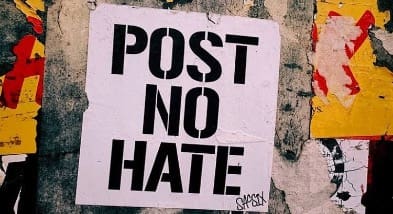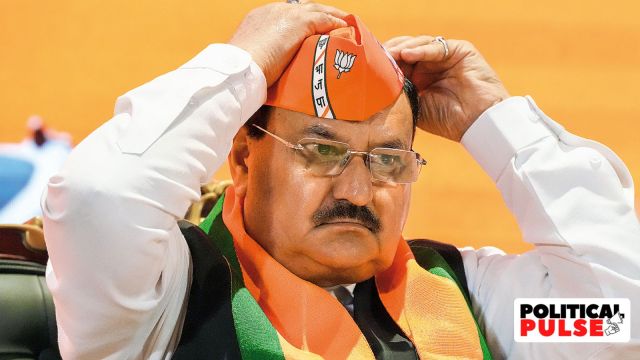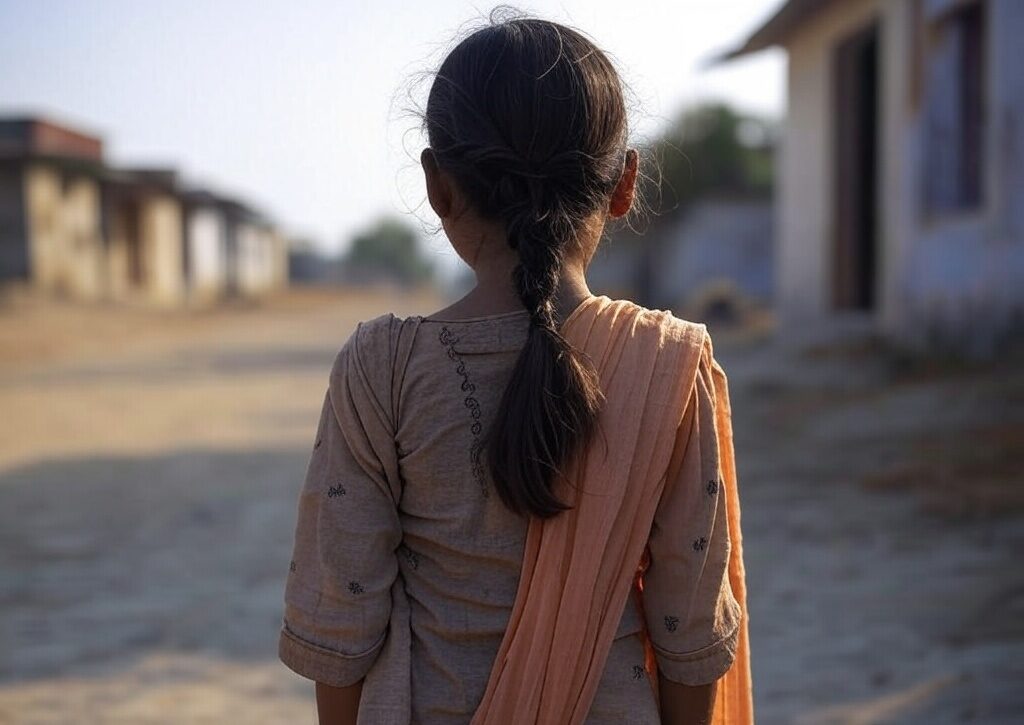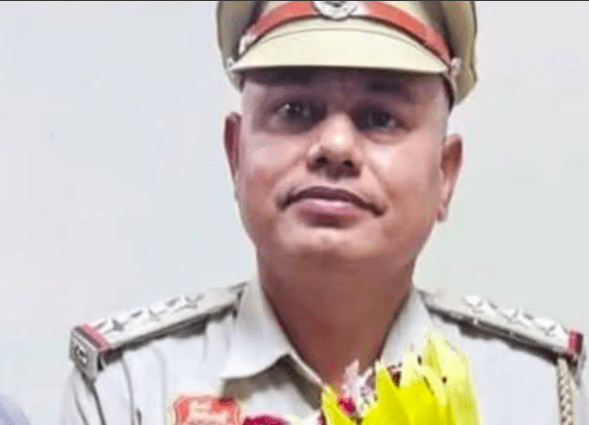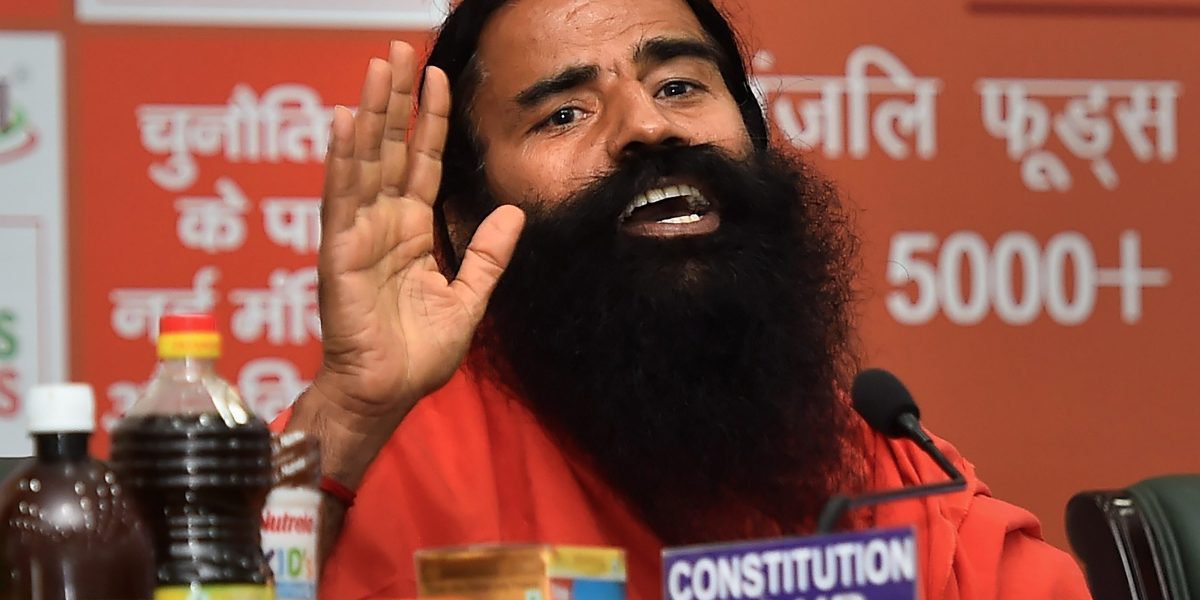
By Christophe Jaffrelot / The Indian Express
Ehsan Jafri was killed exactly 20 years ago, on the first day of the wave of communal violence that devastated several cities of Gujarat, including Ahmedabad, his city.
Jafri was a freedom fighter, unionist and a literary figure. Born in Burhanpur, he moved when he was six years old to Ahmedabad in 1935. While still at R C High School in Ahmedabad, he published a magazine in Urdu and then joined the freedom movement in the 1940s. After becoming a labour union leader, he was jailed for a year in 1949 because of his “calls for revolution”. Upon his release, he became the general secretary of the Progressive Editors’ Union and completed his law degree, after which he practised as a lawyer in Ahmedabad. In the 1969 communal riots that ravaged the city, his house was burnt down and his family moved to a relief camp. He rebuilt his house almost at the same place in Ahmedabad, in the industrial belt, and even established a Bohra housing association, Gulbarg Society.
For Jafri, 1969 was an important year, as the communal riots prompted him to get involved in secular politics. He joined Indira Gandhi’s Congress and became president of its Ahmedabad branch in 1972. He was elected MP for Ahmedabad in 1977, when the Congress (R) was so unpopular that it returned an unprecedentedly low number of MPs in Gujarat (10 out of 26). No Muslim candidate had ever been elected MP for Ahmedabad before — or indeed since. He never contested elections again but remained involved in public affairs, even though literature (including Urdu poetry) played an increasingly important part in his life.
In February 2002, he canvassed against Narendra Modi who was contesting a by-election in Rajkot. In one of his speeches, he “had urged people not to vote for him because he was an RSS man”. He died a few weeks later.
There were about 200 people there at 7.30 in the morning, when a large crowd gathered in front of the compound. At 10.30 am, according to some of the survivors who testified before the Concerned Citizens Tribunal, the Commissioner of Police of Ahmedabad, P C Pandey, visited Jafri “and gave him a personal assurance that they would send reinforcements and that he would be fully protected”. But “within five minutes of the CP’s departure, at 10.35 am, the Zahir Bakery and an auto-rickshaw just outside Gulberg society were burnt” and the attack on Gulbarg Society began. According to eyewitnesses, including a Parsi woman who stayed with him till the end, Ehsan Jafri had “made repeated frantic calls, pleading for police assistance against a huge mob in a murderous mood. He kept calling the control room for several hours”. Three mobile vans of the city police were on hand around Jafri’s house but did not intervene. It was only nine hours later that the Rapid Action Force (RAF) of the central government intervened, by which time it was far too late. In Gulbarg Society, 69 people were killed, including Ehsan Jafri, three Jafri brothers and two nephews.
The chief of the Bohra community, the Syedna, distanced himself from the victims of the 2002 events and nor did he even mention that Ehsan Jafri was a member of his community.
It is important to remember Ehsan Jafri today, 20 years after his death, not only because the events of 2002 are fading away, lost to history, but also because his personal commitment was part of a Gujarati political tradition that is also being forgotten. Jafri was one of the last incarnations of the Congress school of thought that Indulal Yagnik had created in the 1920s. Yagnik felt for the poor. He shared this inclination with Mahatma Gandhi, who became his mentor in Ahmedabad in the early 1920s. But he was isolated, as the Gujarat Congress was gradually captured by Hindu traditionalists, including Sardar Patel, K M Munshi, Gulzarilal Nanda and Morarji Desai.
Yagnik left Congress as early as the 1920s. Gandhi could not help and hardly tried to retain him. But he became the rallying point of progressive politics in Gujarat for 50 years. After the 1969 split, he followed Indira Gandhi, whereas Desai and others formed the Congress (O). He was re-elected on this ticket in 1971, to the same Ahmedabad seat he had held since 1957. This is the seat that Jafri won in 1977.
Jafri was not the last progressive figure of the Congress in Gujarat. The architects of the KHAM coalition, that brought together Kshatriyas (OBCs), Harijans, Adivasis and Muslims, drew their inspiration from Yagnik too. Another of Yagnik’s protégés, Madhavsinh Solanki, became the chief minister in the 1980s. 2022 is an election year in Gujarat too and whether this school of thought can be revived as an alternative to the BJP remains to be seen.
This article first appeared on indianexpress.com


